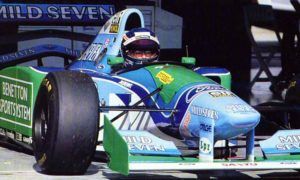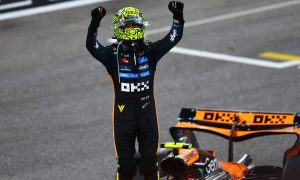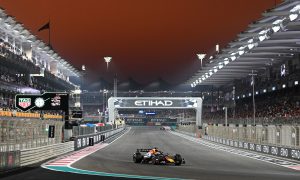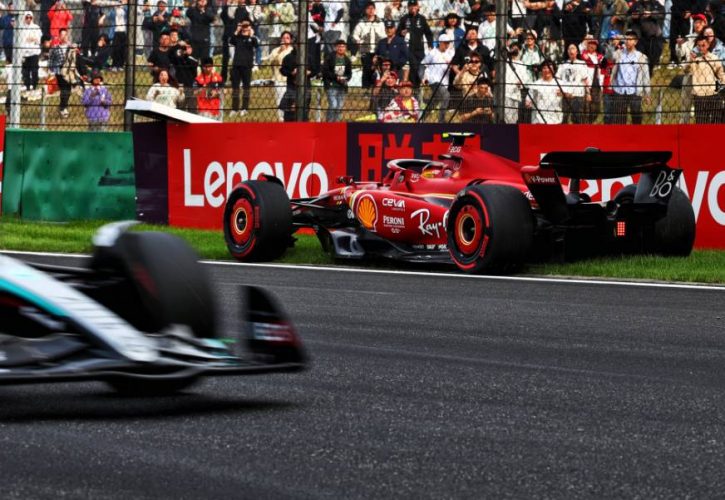
Aston Martin's protest over the results of todays qualifying session for the Chinese Grand Prix has been dismissed by the FIA race stewards, meaning that Carlos Sainz keeps his seventh place on tomorrow's grid.
Aston had lodged their protest on the grounds that the Ferrari driver should not have been allowed to take any further part in the session after he came to a stop on the main straight having spun midway through the second round.
A red flag was deployed by race control immediately after the incident but Sainz was subsequently able to get back underway and return to pit lane for a new front wing and a check for suspension damage.
He eventually went back out and set a time that got him through to Q3, where he was able to post the seventh fastest time. However Aston Martin claimed he should not have been allowed to continue in the session after stopping at all.
Article 39.6 of the F1 sporting regulations states: “Any driver whose car stops on the track during the qualifying session or the sprint qualifying session shootout will not be permitted to take any further part in that session."
Aston cited a note on the official race control system reporting that “Car 55(SAI) stopped on start/finish straight” as evidence that Sainz had indeed been formally identified as having stopped.
But after deliberating the issue, the FIA stewards concluded that cars that have stopped on track but then able to get underway again without external assistance are not deemed to have 'stopped' in the sense of the regulations.
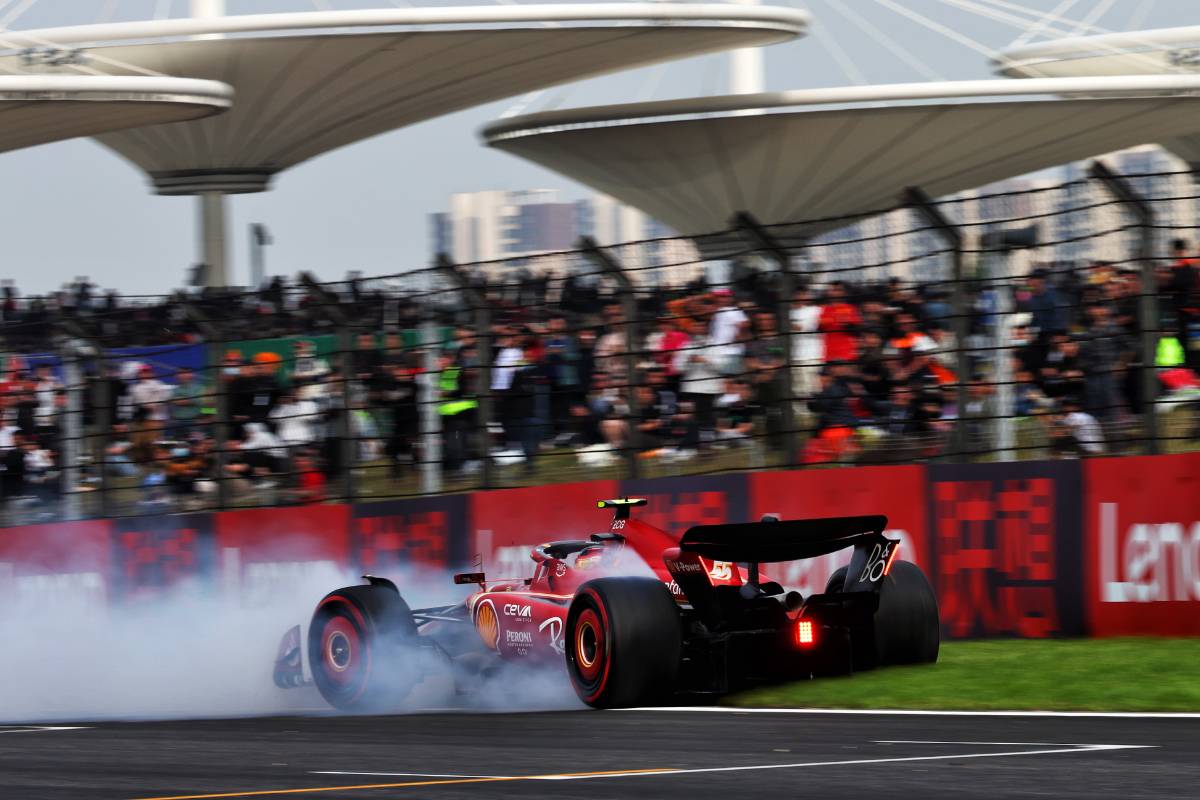
"It is clear that the plain language of Article 39.6 suggests that so long as a car 'stops' on the track during a qualifying session, that car should not be permitted to take further part in the session," said the stewards' ruling.
"However it was clear from the examples cited by a number of the team managers present and the FIA that this was not how this rule was applied by the teams and the FIA in the past.
"In the FIA’s view, what was crucial was that the car would not receive any outside assistance in order to restart (eg from marshals)." the statement explained.
It added that Aston Martin "accepted that there were prior examples of cars stopping on track and being allowed to continue, despite the plain wording of Article.39.6 but that Aston "felt that stopping in this case for one minute and 17 seconds was too long and therefore should not have been permitted.
The FIA representatives explained that so long as the car was able to restart and continue from a stopped position within a reasonable time, that would ordinarily be permitted. The typical time would be around 30 seconds, though that varied depending on the circumstances.
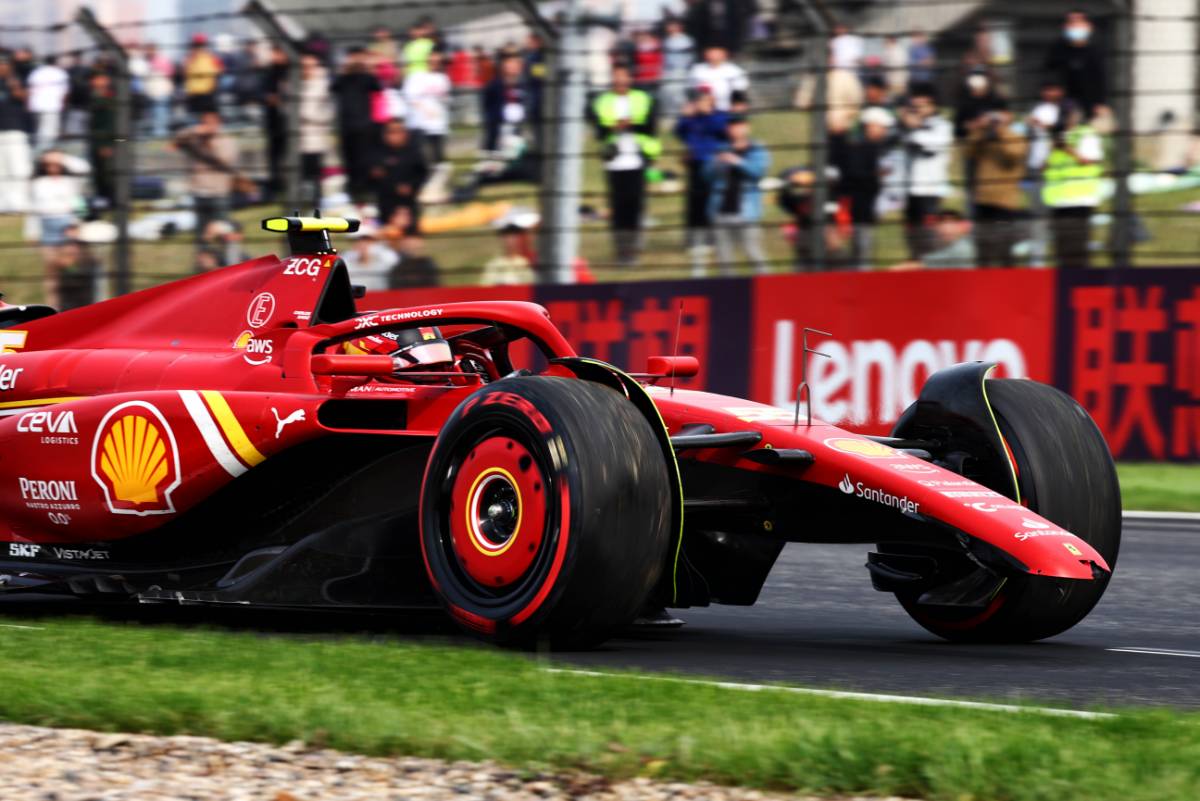
The teams themselves said that they had previously attempted to agree what they considered to be a reasonable length of time before a car would be considered “stopped”.
Unfortunately, they were not able to come to a final agreement on the maximum time allowed. Absent clear guidance in the regulations or an agreed, established practice of when too long was too long, the stewards considered that this was a discretion best left to race control.
The stewards concluded: "Taking into account the numerous examples where cars had stopped for different lengths of time and were permitted to restart and continue to participate in the session concerned, the decision taken by race control was not inconsistent with past practice nor in breach of Article 39.6."
As well as the stewards and representatives of the teams directly involved in the protest, the hearing was attended by the FIA officials who were in race control at the time of Sainz' spin. In addition, Nikolas Tombazis - who is the Single Seater Director of the FIA - was allowed to be present at the hearing at his request, although he did not participate.
A new rule being trialled in Formula 2 and Formula 3 support races has introduced a new approach to accidents in qualifying in which a driver who triggers a red flag can take no further part in qualifying.
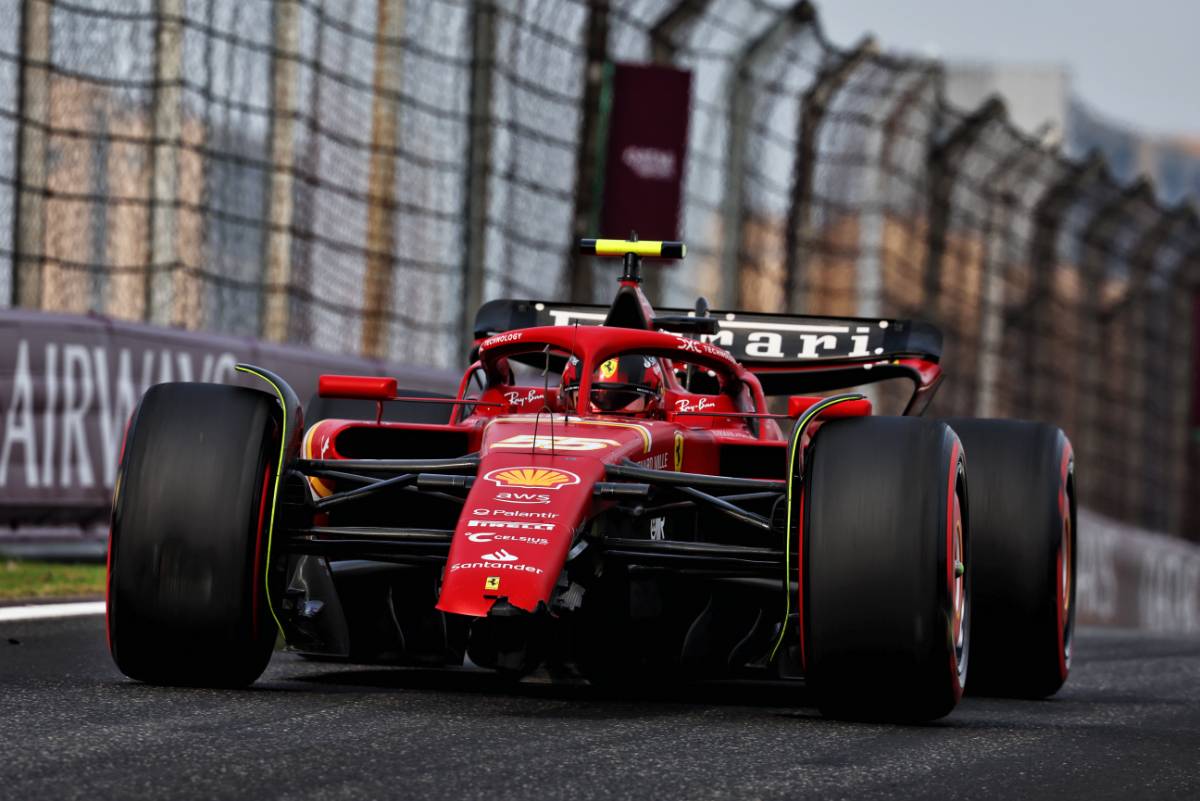
The US open wheel IndyCar Series has a similar rule in which causing a red flag during qualifying means that the driver automatically loses his best lap times in that round, usually resulting in them failing to progress to the next round of qualifying.
But the new rule is not yet considered to be grounds for an appeal in Formula 1, which is why the Aston protest was declined. It means that Sainz will be able to start tomorrow's race as planned from the fourth row of the grid, immediately behind his Ferrari team mate Charles Leclerc.
The driver most affected by Sainz continuing to take part in today's Q2 was Lance Stroll, who had been left one position away from making the cut and taking part in the top ten pole shoot-out round. With the dismissal of the appeal, Stroll will continue to start the Chinese GP from 11th place.
Even though it was turned down, the protest will have a lasting effect with new language added to the sporting regulations to make the point that a car will be deemed to have stopped if it requires ‘outside assistance’ to get going again should similar incidents arise in future.
"Even if the plain wording of Article 39.6 warranted a more stark conclusion, the consistent practice in the sport to date did not warrant a setting aside of the discretion exercised by race control by us as stewards," the statement concluded, as it accordingly dismissed the protest.
Keep up to date with all the F1 news via Facebook and Twitter



